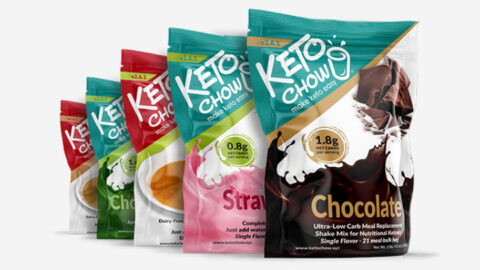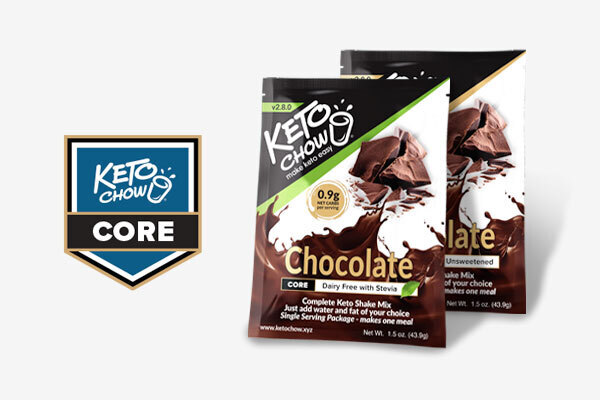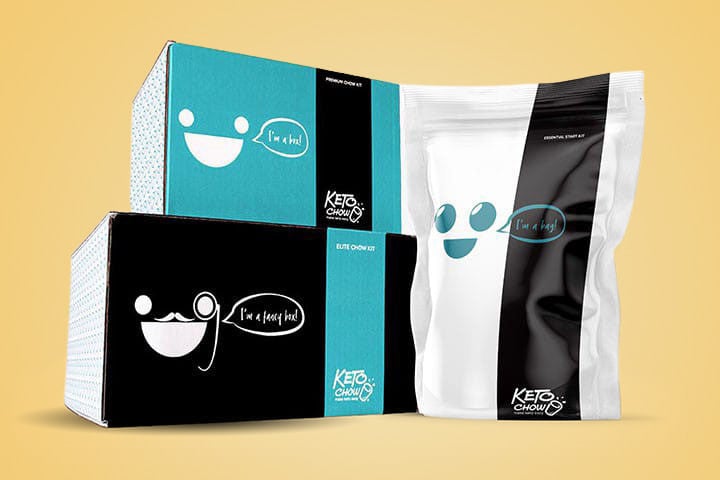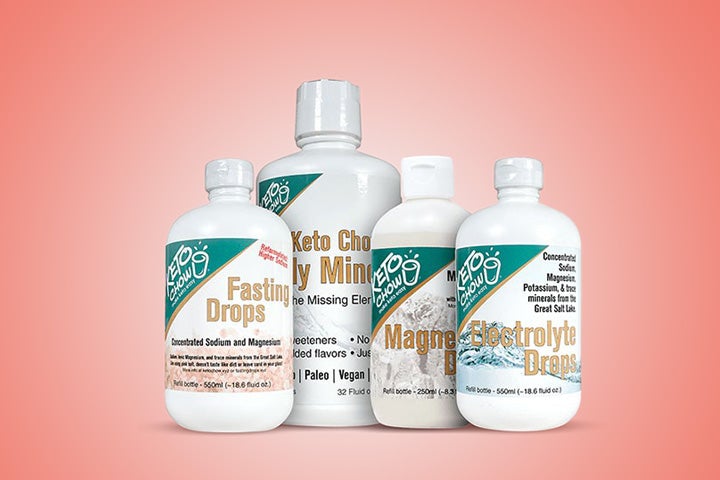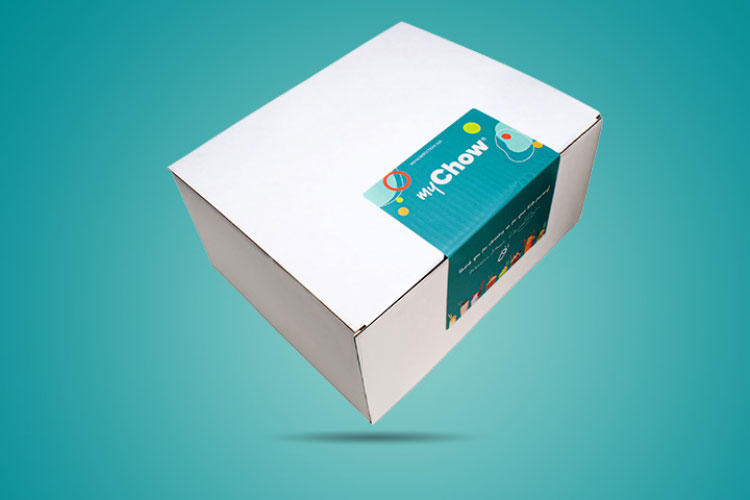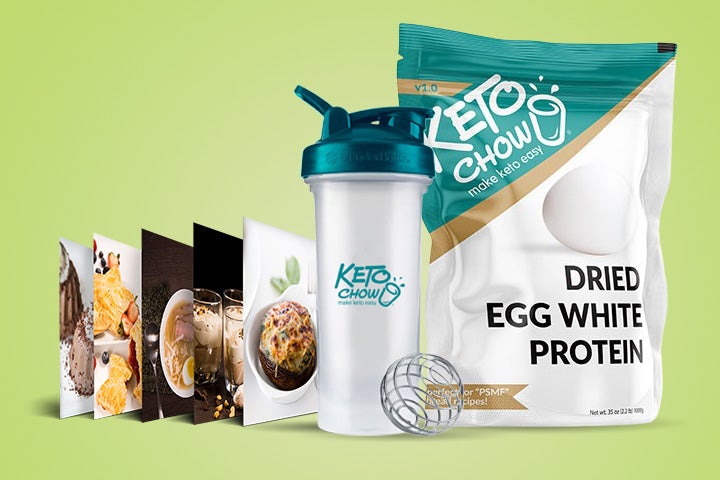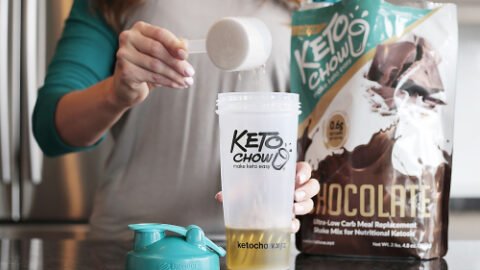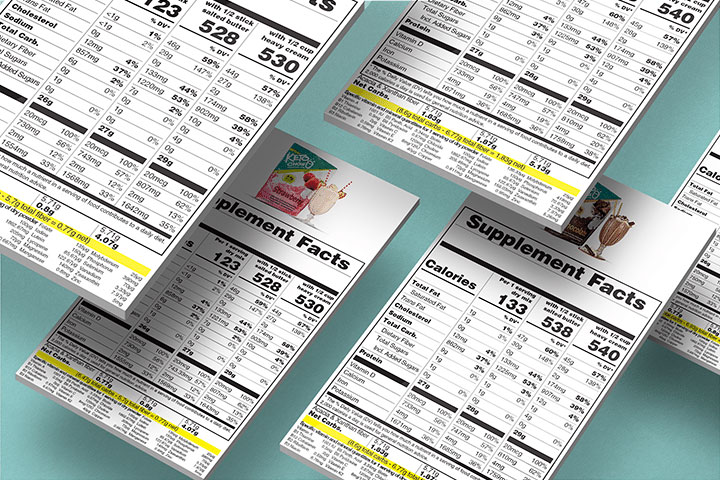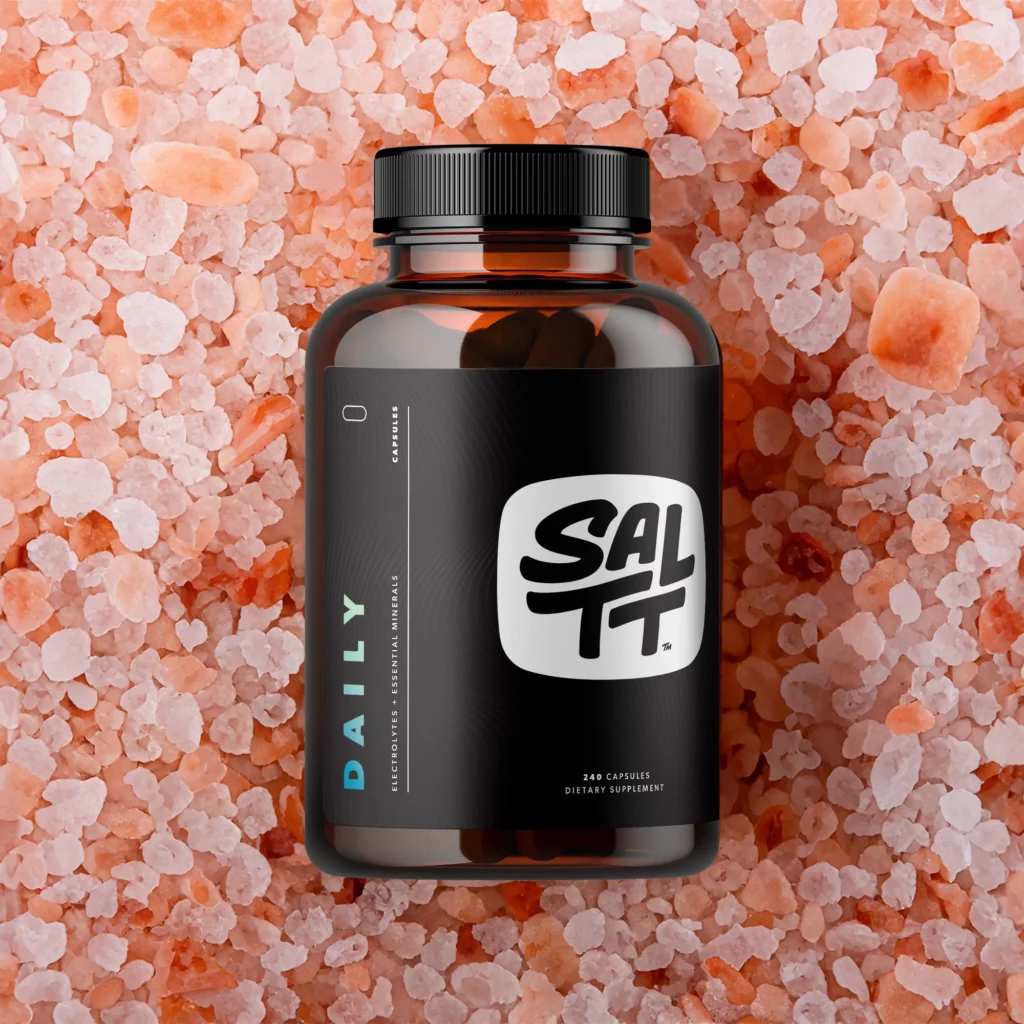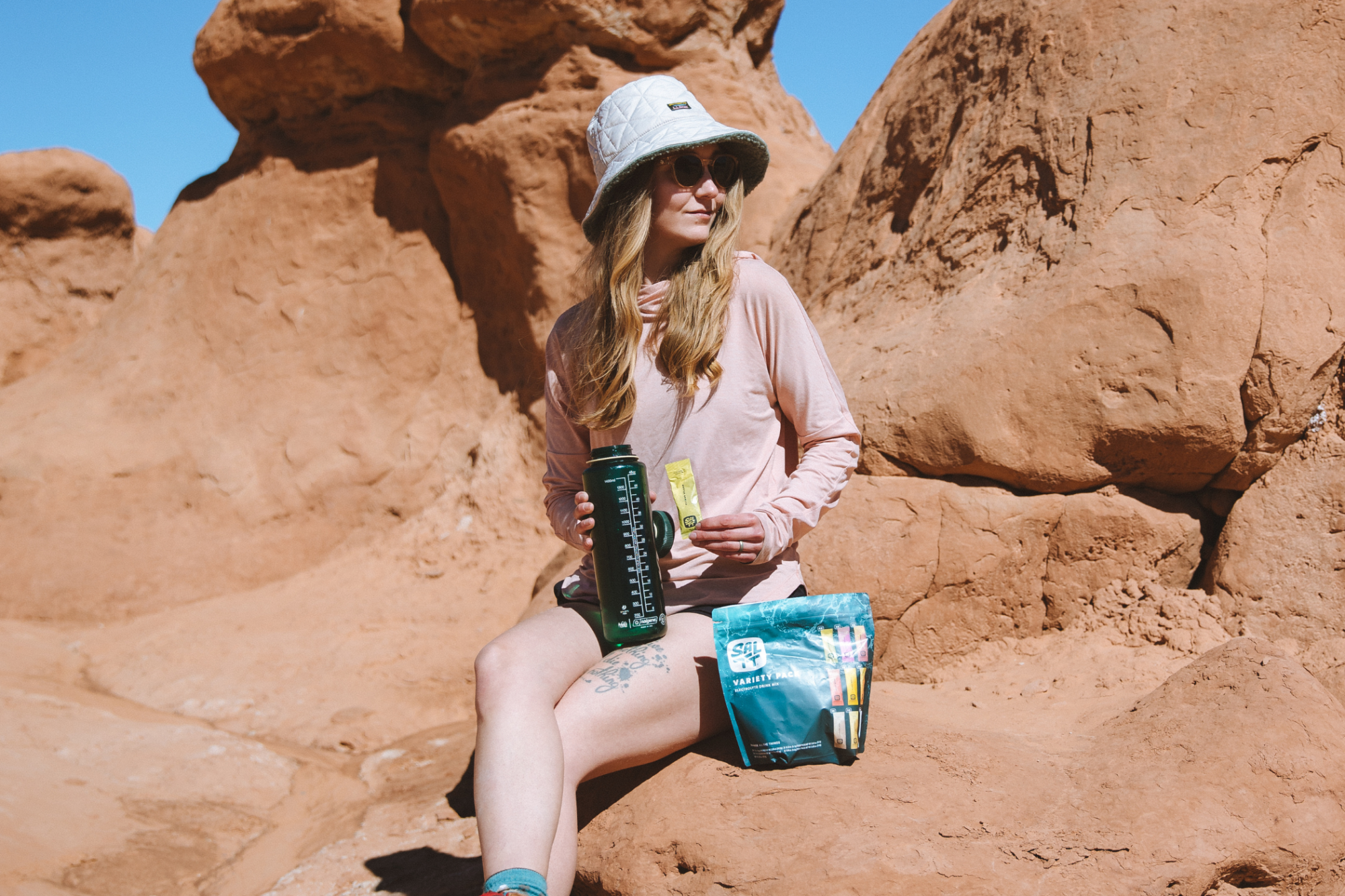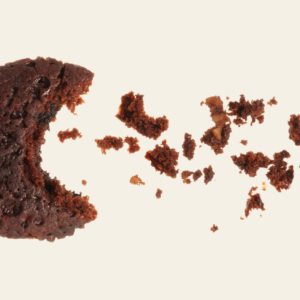SALTT electrolytes contain high amounts of the most important electrolytes your body needs: sodium, potassium, magnesium, and chloride – but they also have other trace minerals your body also needs that you may not be expecting!
Essential Trace Elements
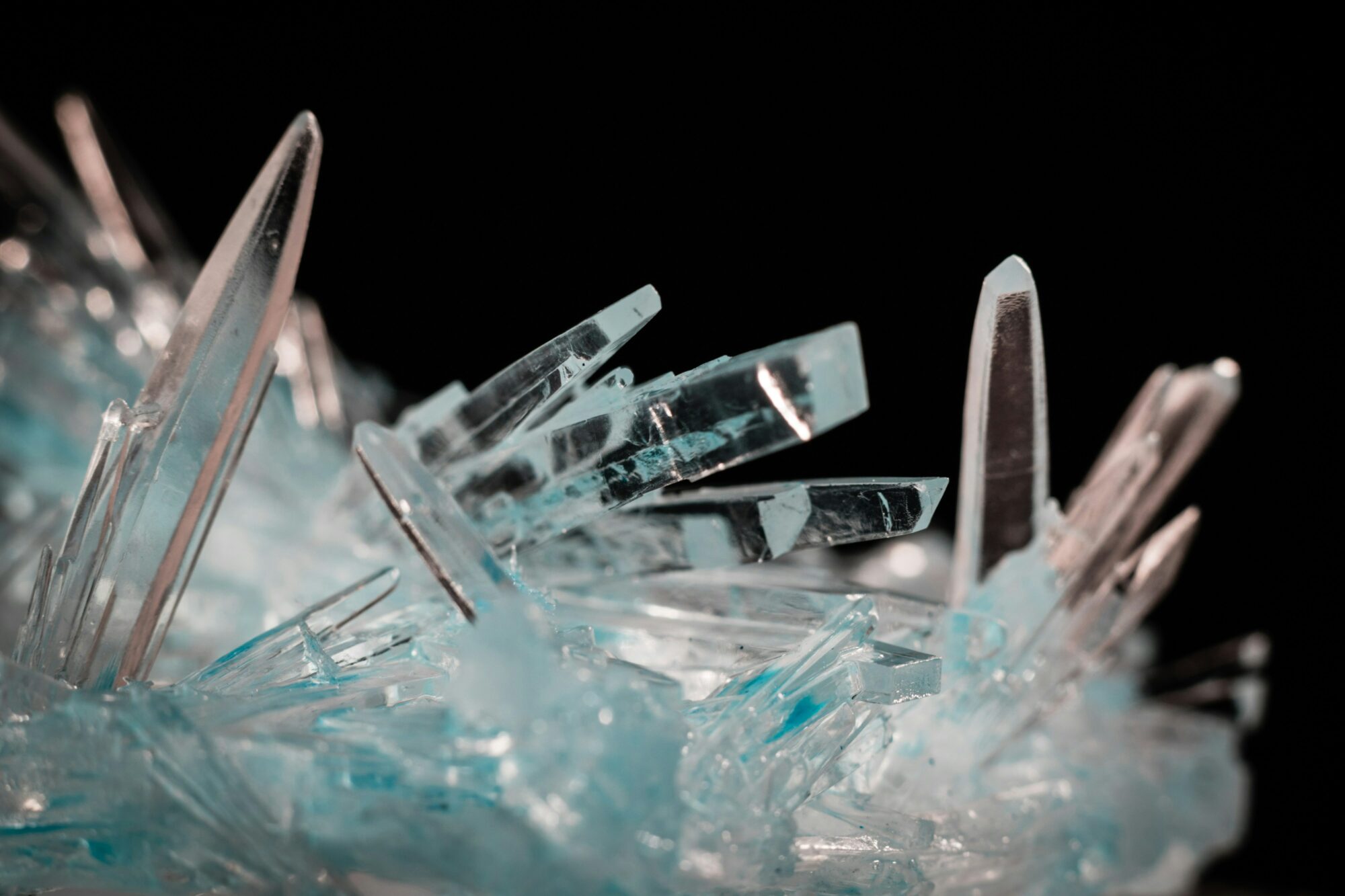
Here are some trace elements considered essential by the United States Food and Drug Administration:
- Chromium: Helps control glucose levels and metabolic functions. A well-balanced diet with the proper amount of vegetables, fruits, meats, poultry, and grains will ensure your body has the necessary amount of chromium.
- Copper: Part of many of your body’s enzymes that control energy production, metabolism, and the making of hemoglobin. It can be found in organ meats, shellfish, whole-grain cereals, nuts, and seeds.
- Iodine: An important part of thyroid hormones, iodine can help with weight control, mental development, and brain growth. It’s most often found in eggs, poultry, grains, and dairy products.
- Iron: Beneficial for the formation of red blood cells and muscle growth. It can be found in red meat, poultry, fish and seafood, and dark, leafy vegetables.
- Manganese: Helps with carbohydrate, protein and cholesterol metabolism, cartilage and bone formation, wound healing.
- Molybdenum: An essential part of enzyme production.
- Phosphorus: Acid-base balance, bone formation, energy production and storage, hormone activation.
- Selenium: An essential antioxidant that aids with immune function, reproduction, and thyroid function.
- Zinc: Growth and development, immune function, nervous system function, reproduction
Plus two more minerals that have not yet been added to the FDA recommended list, but likely will be in the future (as happened with zinc):
- Boron: Important for bone health, brain function, and immune response.
- Lithium: Considered a calming mineral and important for mental health.
We don’t make label claims on the specific amounts of these trace minerals in SALTT because the amounts can vary from batch to batch, nevertheless these trace minerals are important and people want to know they’re present. But let’s see how we compare to Celtic salt and Himalayan pink salt.
What is Celtic salt?
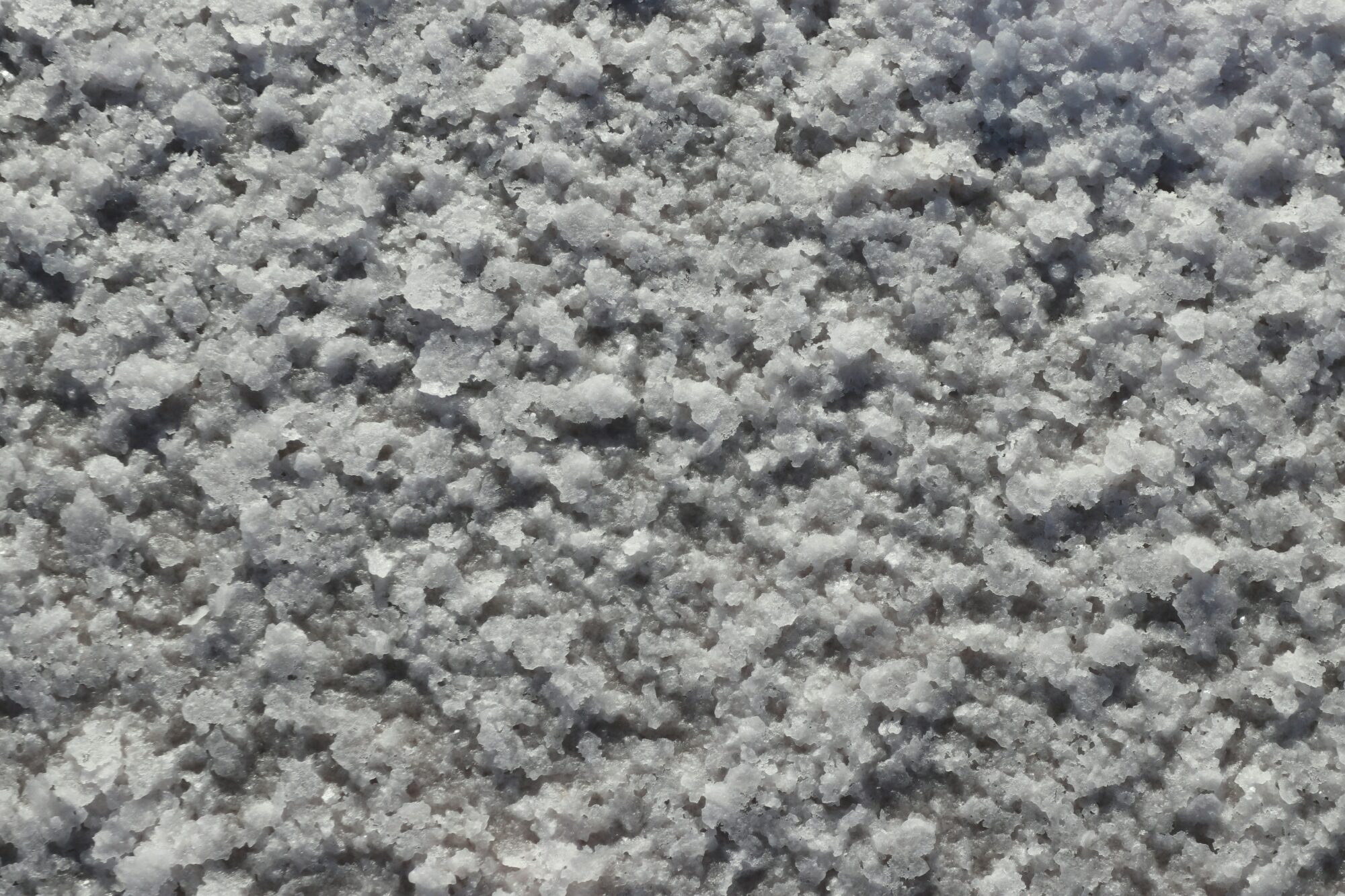
“Celtic” salt is often touted as having a lot of trace minerals (or at least more trace minerals than most table salt…which isn’t hard) compared to typical pure table salt/sodium chloride, but SALTT has even higher amounts – and without the grey mud!
Wait a second… MUD?
One of the defining characteristics of “Celtic” sea salt is the grey color. (By the way, “Celtic” refers to the name of the method or process used to make it, it’s not from Ireland.) Following the “Celtic” process, the salt ends up with a significant amount of grey clay mixed into the finished salt from the riverbeds it is collected from. It also has a higher than typical amount of water in the salt – up to 15%.
Most other salts try to get the moisture as low as possible so you’re paying for, you know, salt rather than water or dirt. That grey clay/dirt/kaolin looks to make up around 7% of Celtic Light Grey Salt according to their analysis document. To be clear: grey clay does not contain beneficial trace minerals. Functionally all it does is make water cloudy and eventually settles out.
Put differently, up to 20% of Celtic brand salt is water and clay that you are paying for with no functional benefit. Many people tout the claim that this kind of salt contains “80 minerals” but we are unable to find anything from the Celtic salt company that actually names those minerals or even corroborates the claim of 80.
It is completely unknown where that alleged number comes from, though it sounds a lot like the number of atomic elements with stable isotopes (meaning the claim is: “all elements on the periodic table that aren’t radioactive” including lead and arsenic).
What about Pink Himalayan Salt?
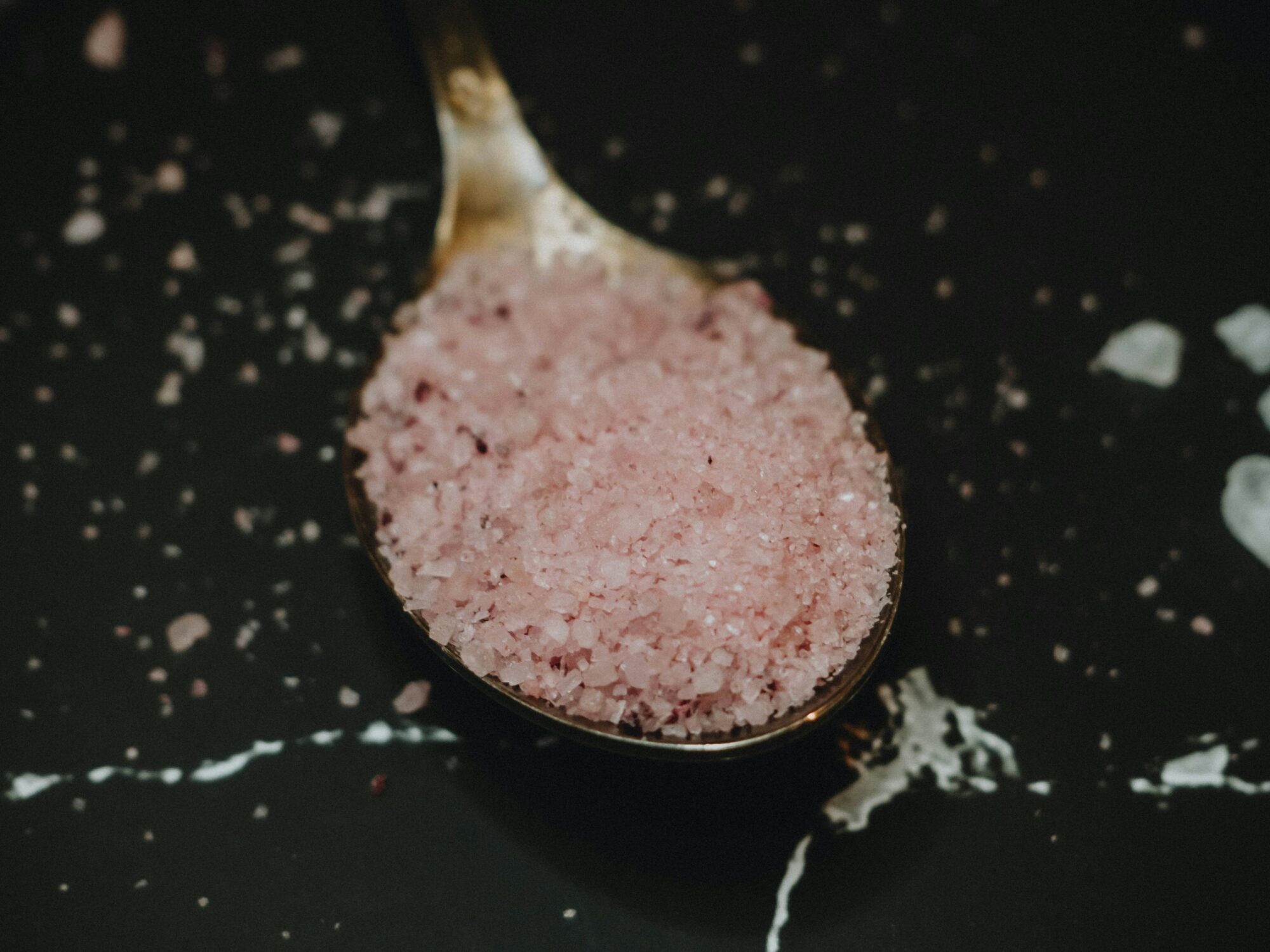
True Pink Himalayan salt is mined in Pakistan and gets its color from trace amounts of iron. It will typically also contain other minerals in small concentrations and will also normally contain some visible amount of sand/rock that will not dissolve in water.
It is not uncommon for regular sea salt to be dyed pink and sold as “Himalayan” salt for a little more money. If you don’t find some sand after dissolving a teaspoon of the salt in water, it’s likely fake.
Are these salts all that different?
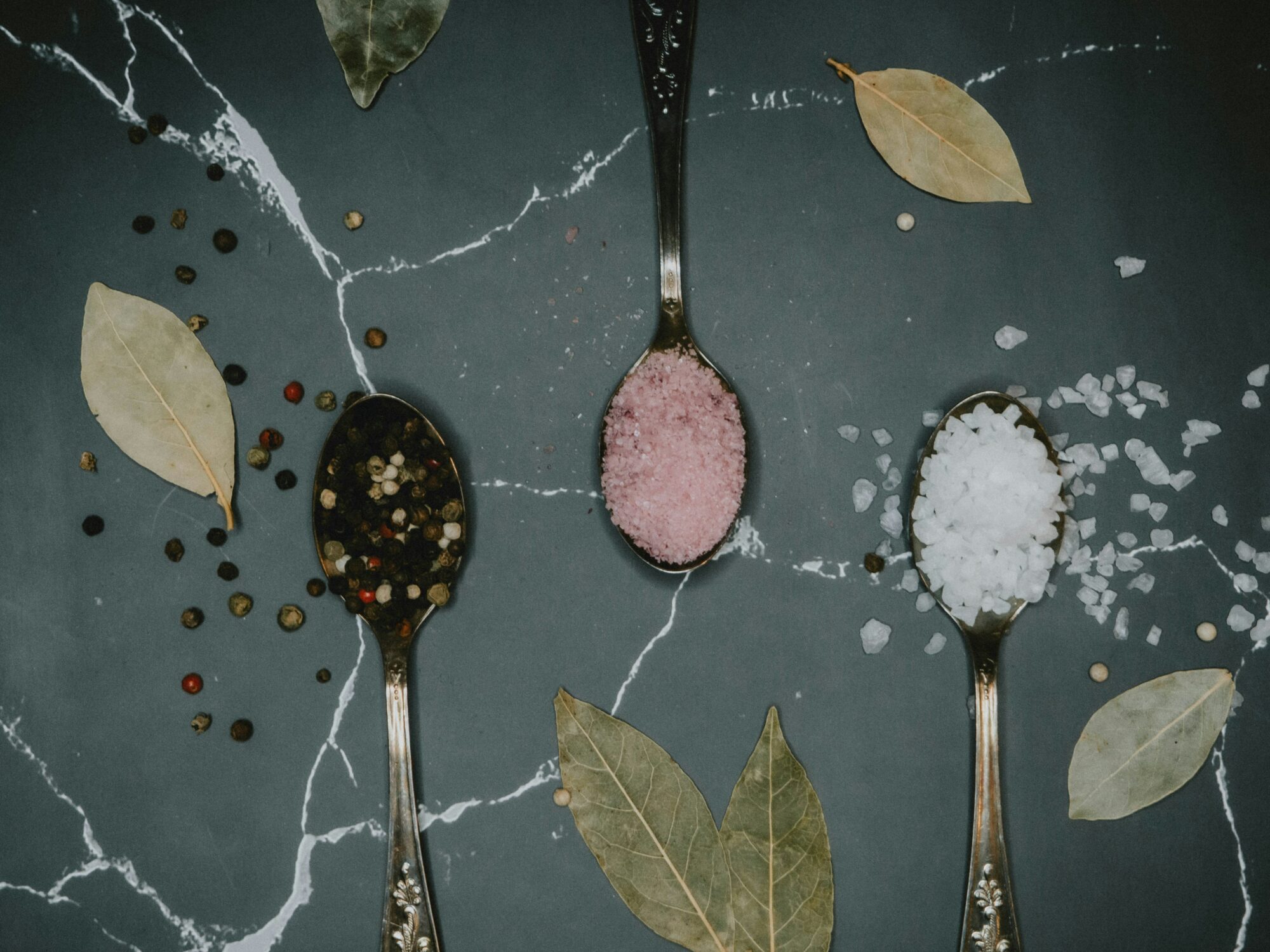
The mineral concentrations of these salts (as well as regular sea salt) are all quite similar, with around 98% sodium chloride and 2% other minerals – mostly potassium, magnesium, and calcium. True Himalayan salt does also tend to have a higher than normal concentration of lead, arsenic, and other heavy metals, unfortunately.
This is because it is mined from dried deposits rather than made from saline liquid that is dried – a process that allows heavy metals to settle out first.
How does SALTT compare?
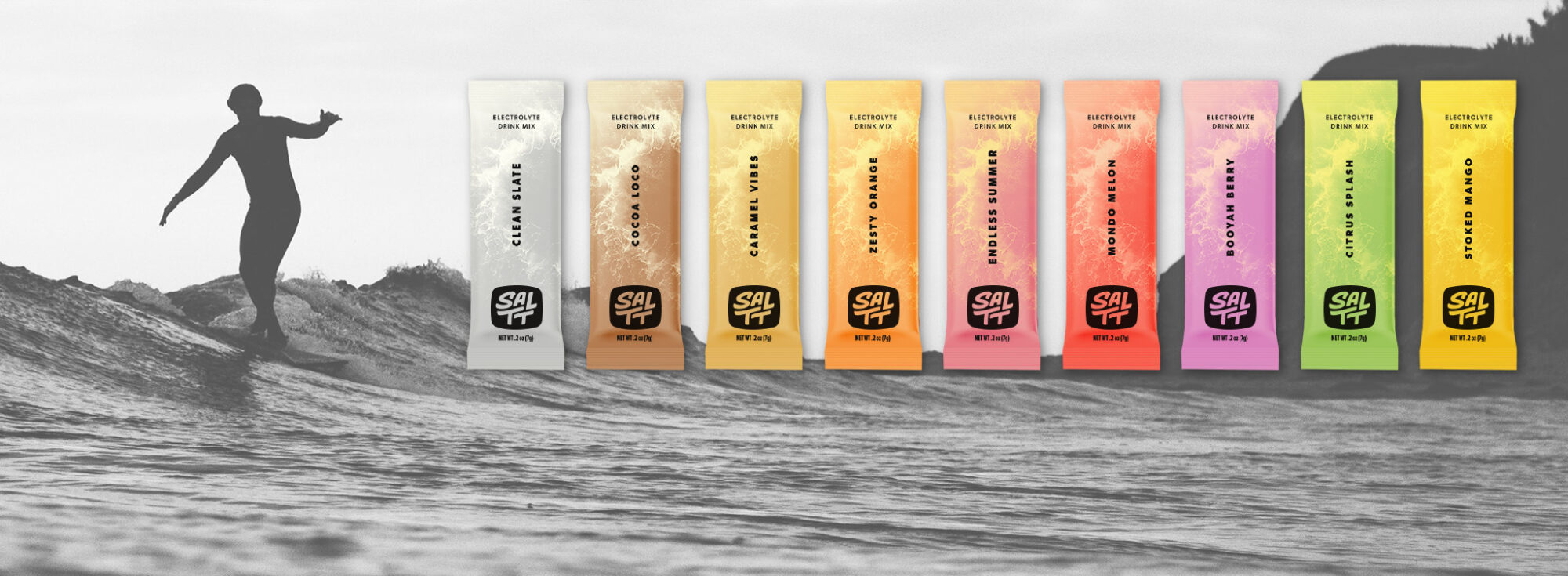
Let’s talk about what trace minerals are in the SALTT electrolytes!
- Boron
- Chromium
- Copper
- Iron
- Lithium
- Magnesium
- Manganese
- Molybdenum
- Nickel
- Phosphorus
- Potassium
- Selenium
- Silver
- Sodium
- Zinc
- There are others too, but the concentrations are in the parts per trillion.
It’s worth noting that there are other trace minerals in SALTT, but the concentrations are in the parts per trillion. (In other words, in even smaller trace amounts.)
We want to call out the magnesium content. All of the magnesium in SALTT comes as a trace mineral that’s already dissolved in with the salt. We don’t add any additional magnesium and it’s in a high quality naturally occurring form that is easily highly bioavailable (meaning your body can easily use it) called magnesium chloride.
Many other electrolytes have either minimal magnesium, or use other forms that are not as easy for your body to use or that can cause problems like gastrointestinal distress.
In Conclusion

So: does SALTT contain trace minerals? Absolutely! It just doesn’t have mud or sand that you might find with other products since all of the minerals are soluble and dissolve in water easily.
Try SALTT Today
Not only does SALTT have the essential electrolytes you need, it’s sugar free, gluten free, and dye free. Our electrolytes are sourced locally from the Great Salt Lake, so you know you’re getting the good stuff. Choose from a variety of flavors like Booyah Berry, Stoked Mango, and Endless Summer.
